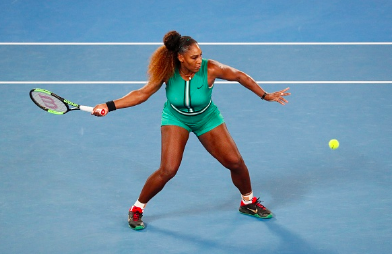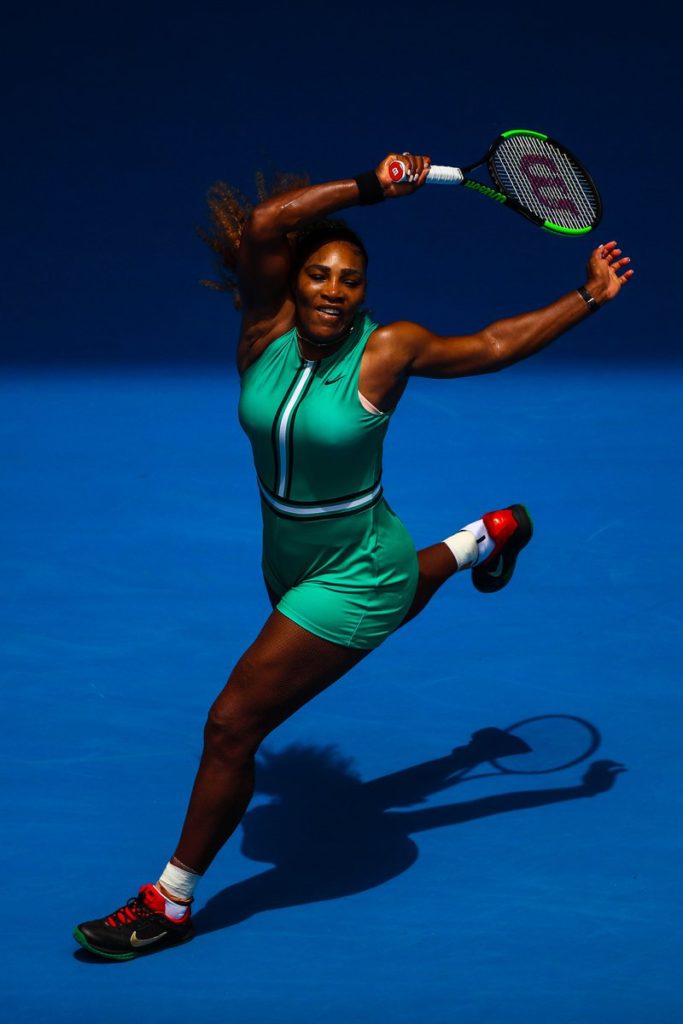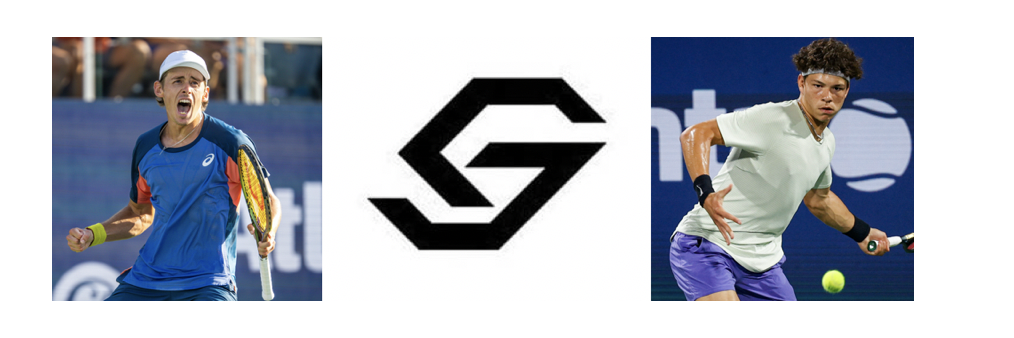
Serena Williams is having an amazing start to the year.
Four months after the controversial U.S. Open final, in which Naomi Osaka’s win was overshadowed by Serena’s outburst, Williams is back on the court with only one agenda: to win. If things go according to plan, this will be Williams’ eighth Australian Open title and 24th Grand Slam victory overall. In her first match on Tuesday, Tatjana Maria was on the receiving end of the former world No. 1’s tennis A-game at the sunny Melbourne Park. The match finished in under 50 minutes with a 6-0, 6-2 scoreboard in Williams’ favor. By the look of things, it seems Williams will get what she wants and deserves.

The past two Australian Open tours have been very interesting, to say the least, for the 37-year old superstar, whether she was or wasn’t there. In 2017, when she beat her own sister, Venus Williams, for the singles title, it was later revealed that she did it while carrying her first child. A Vanity Fair cover story with the athlete told the tale of how Serena refused to believe that she was pregnant in spite of six positive pregnancy tests which begged to differ. With the go signal of a physician, Williams continued with the tour and went on to win while seven to eight weeks pregnant.
A year later, Serena was deemed unfit to enter the tour because of a life-threatening experience with childbirth. She spent most of 2018 recovering from an emergency C-section, a pulmonary embolism, and multiple surgeries to address the complications caused by labor. She was on bedrest for several weeks barely able to walk, let alone think about holding a tennis racket in her hand.
But despite all that, Williams rallied.
Her return to tennis wasn’t an easy journey. Her maternity leave caused her ranking to drop dramatically, with Fast Company detailing that despite special ranking rules for female players who get pregnant, it doesn’t affect their seeding. This meant that there was a risk of being matched against high-ranking players in the early rounds. It prompted the WTA to investigate their maternity leave policies and the disadvantaged position that it leaves women who choose to have a family.
This comes at a time when issues of gender inequalities in sports are also being pried open. Just recently, The Grandstand wrote a piece on the gender pay gap in the world of tennis. While the four main Grand Slam events awarded equal prize money to male and female competitors, there are still signs of inequality in the sport, one example being the way female coaches of male players are seen as inferior. On the other hand, Serena Williams was listed by Coral as one of the highest earning tennis players, just behind Roger Federer, Novak Djokovic, and Rafael Nadal. However, it is also worth noting that only six out of 15 players in the list are women, and while that may not be a huge disparity, it still speaks volumes of the inequalities that pervade sports to this day.
Her opening performance at the Australian Open this year was exemplary and despite her rage-filled display at the U.S. Open last year, Williams is an advocate of women’s rights and a certified class act. As a minority in tennis, she has dealt with issues surrounding her race and gender. During the French Open, Williams’ sartorial choice prompted the French Tennis Federation to ban catsuits. In the athlete’s defense, it helped with her blood clots and kept her health in check. But Serena Williams is not one to back down. Her first match in this year’s Australian Open showcased her in a jade thigh-length catsuit, an image that is hard to forget, as with everything that is Serena Williams.


Serena or the field?
The field. Which of them I have no clue. Not Venus, alas, game as she is. But a lot of women are playing well to pick the field against Serena with her mom body. Kerber, maybe.
Tennis is actually the highest paying sport for women. The inequality in pay is due to less interest in women’s sports. There are plenty of male sports that don’t pay well, because few will pay to see them or tune in to watch on tv. You should get equal pay for equal work, not equal pay because you’re a woman if a man is doing better work. And vice versa.